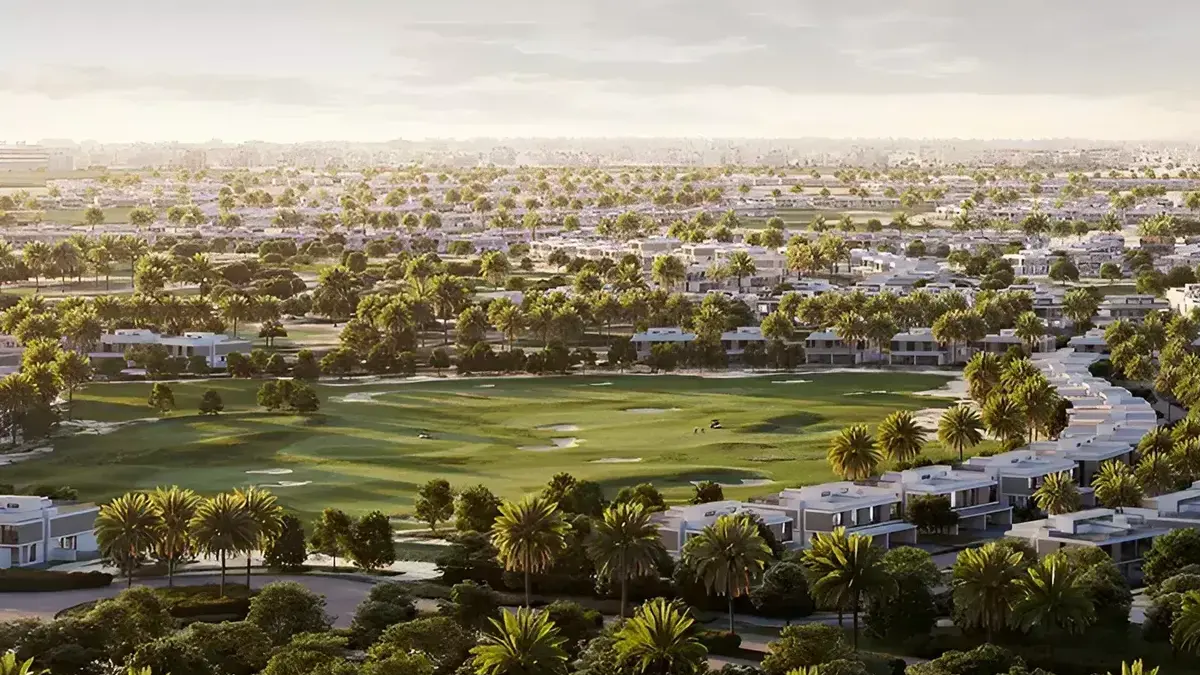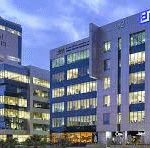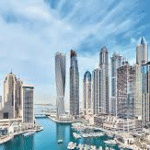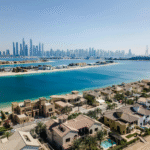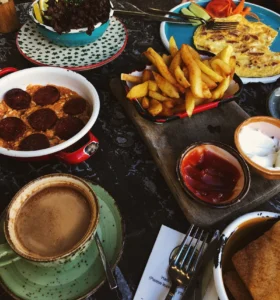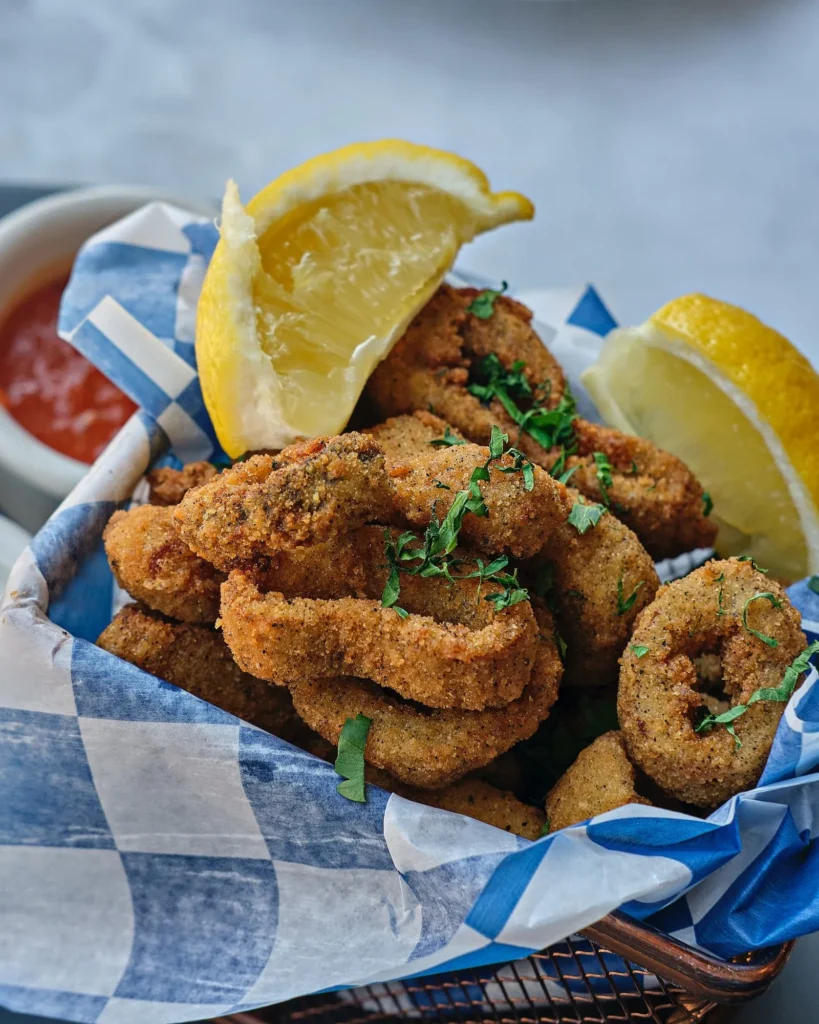Now Reading: How Dubai and Sharjah Are Dominating the Silver Industry 2025
-
01
How Dubai and Sharjah Are Dominating the Silver Industry 2025
How Dubai and Sharjah Are Dominating the Silver Industry 2025
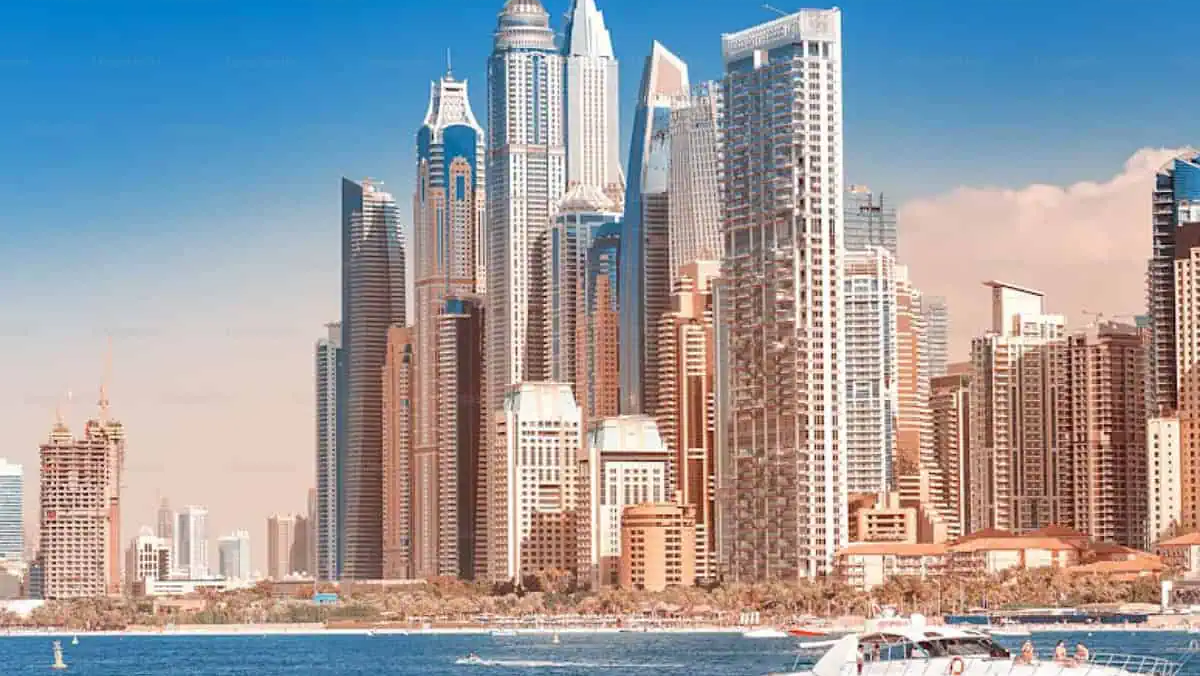
Table of Contents
Dubai the silver industry has long been a quiet but crucial sector in the UAE’s thriving economy. While gold often grabs the headlines, silver has carved out a powerful niche, especially in Dubai and Sharjah. These two emirates have emerged as regional and global powerhouses in silver trade and production, offering both heritage-driven craftsmanship and modern infrastructure that attract investors, designers, and international buyers alike.
The Strategic Role of Dubai
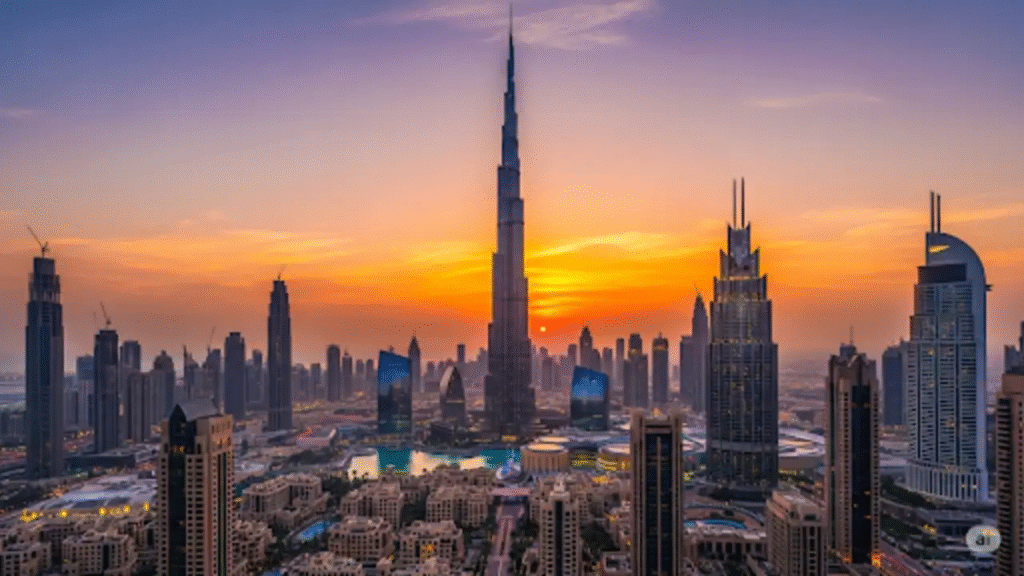
Dubai has earned its title as the “City of Gold,” but it is also one of the most important hubs for silver trading in the Middle East. With its advanced logistics infrastructure, free trade zones, and investor-friendly policies, Dubai has become the launchpad for silver exports across Asia, Africa, and Europe.
The Dubai Multi Commodities Centre (DMCC) has played a pivotal role in establishing Dubai as a key player in precious metals, including silver. The DMCC’s Dubai Silver Standard provides a clear framework for the trade and delivery of physical silver in a transparent, regulated environment. Additionally, Dubai’s geographical location serves as a bridge between producers in Europe and Asia and major consumer markets in India and Africa.
According to trade analysts, Dubai’s silver imports and exports have consistently shown double-digit growth over the past five years. The emirate is not only a trade hub but also a manufacturing and design center. From luxury retail outlets in Deira to workshops in Al Quoz, silver jewelry is crafted, polished, and sold to both tourists and international buyers.
Sharjah’s Manufacturing Power
While Dubai leads in trade and retail, Sharjah is increasingly recognized for its role in the manufacturing and industrial side of silver production. With lower costs of operation and a skilled workforce, Sharjah has positioned itself as the UAE’s key silver production base.
Sharjah Industrial Area is home to several silver processing and jewelry manufacturing units. These workshops produce everything from traditional Emirati designs to contemporary collections exported across the Gulf Cooperation Council (GCC), Europe, and Asia. Local artisans work alongside high-tech machinery to ensure quality and efficiency in mass production.
The Sharjah Chamber of Commerce and Industry has supported this growth by offering incentives for SMEs and manufacturing companies in the jewelry and metalwork sectors. In recent years, the emirate has hosted international silver exhibitions, attracting suppliers, designers, and retailers from around the world.
Cultural and Economic Value
Silver holds deep cultural significance in the UAE. Historically, Bedouin women adorned themselves with heavy silver jewelry, and traditional items such as khanjars (daggers), coffee pots, and bridal accessories were often made from silver. Today, these traditional items are still produced, preserving heritage while adding economic value.
The silver market also benefits from the increasing demand for sustainable and ethical alternatives in luxury products. Unlike gold, which requires high energy and complex extraction processes, silver is often recycled and repurposed, aligning with global sustainability goals. This shift in consumer preference has boosted interest in silver jewelry and artifacts, especially among younger demographics.
Growth Drivers and Trends
Several factors are fueling the continued rise of Dubai and Sharjah in the silver trade and production landscape:
- Tourism and Retail – Dubai remains one of the top shopping destinations globally. Tourists often purchase silver items as affordable luxury souvenirs, driving steady demand.
- Digitalization and E-commerce – Online platforms such as Noon and Amazon UAE are increasingly offering silver jewelry, reaching a wider consumer base.
- Expo and Trade Shows – Events like the Sharjah Watch & Jewellery Show and Dubai International Jewellery Week promote the region as a serious silver player.
- Investor Confidence – With political stability, tax incentives, and strong legal frameworks, investors view the UAE, particularly Dubai and Sharjah, as safe and profitable markets for precious metals.
Challenges and Opportunities
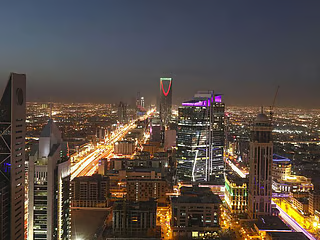
Despite the growth, the silver industry faces challenges such as price volatility, competition from synthetic materials, and the need for skilled labor. However, Dubai and Sharjah are well-equipped to tackle these hurdles through innovation and policy support.
Government initiatives such as the “Make it in the Emirates” campaign and partnerships with international trade bodies are designed to further enhance local production capacity and exports. Meanwhile, vocational training programs are being introduced to ensure a steady pipeline of skilled workers in silver crafting and design.
Looking Ahead: A Glittering Future
The outlook for Dubai and Sharjah’s silver sector is strong. As demand continues to grow across the Gulf, South Asia, and beyond, the UAE’s twin powerhouses are set to dominate the silver trade and production scene even further. The combination of traditional craftsmanship, advanced infrastructure, and forward-looking policies ensures that silver will continue to shine in the region’s economic portfolio.
Whether it’s the bustling souks of Dubai or the quiet efficiency of Sharjah’s factories, silver remains a symbol of beauty, culture, and commercial strength in the UAE.
Read More:- Shobha Realty Launches Its Most Luxurious Project Yet—Full Details Inside 2025



